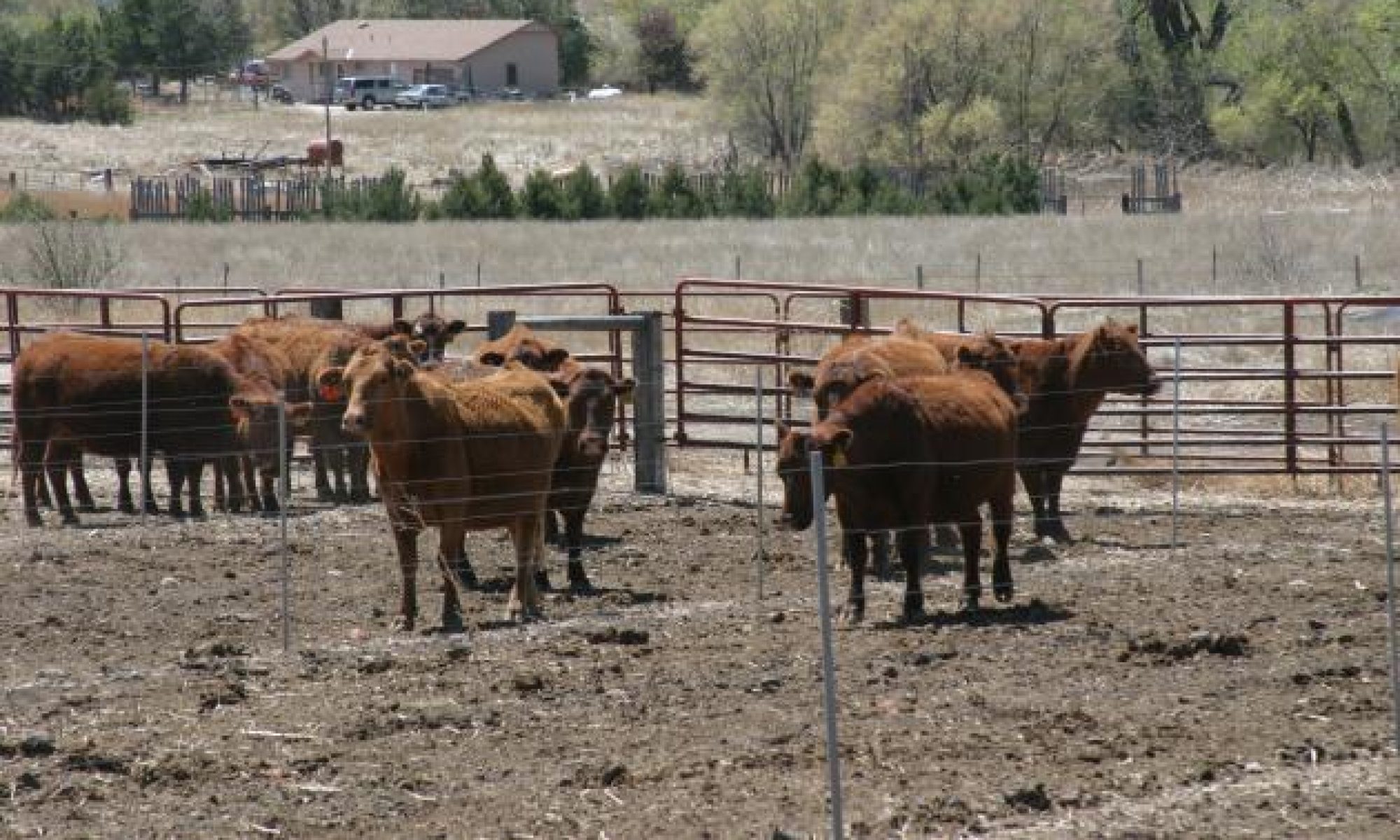You can have father-daughter matings in beef cattle, but it is not recommended. This type of breeding practice is called inbreeding or close breeding. Again, this breeding practice is rarely practiced today, although it was common in the foundation animals of most breeds. It is not practiced in most breeding systems today because close breeding greatly enhances the odds that recessive genes will appear. This may include reduction in growth rate, fertility, and general vigor. Also, lethal genes and other genetic abnormalities often appear with increased frequency. With that being said, mating half-siblings should not result in defective calves, unless major genetic defects are found in both parents. Inbreeding just brings such defects to the surface faster. Generally, inbreeding does depress fitness traits such as fertility and overall performance; however, at lower levels, it may not even have a noticeable effect. The inbreeding coefficient of half-sib matings (assuming other ancestors are not inbred) is 12.5 percent. In this small of a herd, consider changing bulls every two years. By comparison, most breeds of beef cattle in the United States are eight to 10 percent inbred. The bottom line is that the half-sib matings you are considering may very well result in a depression of performance.
